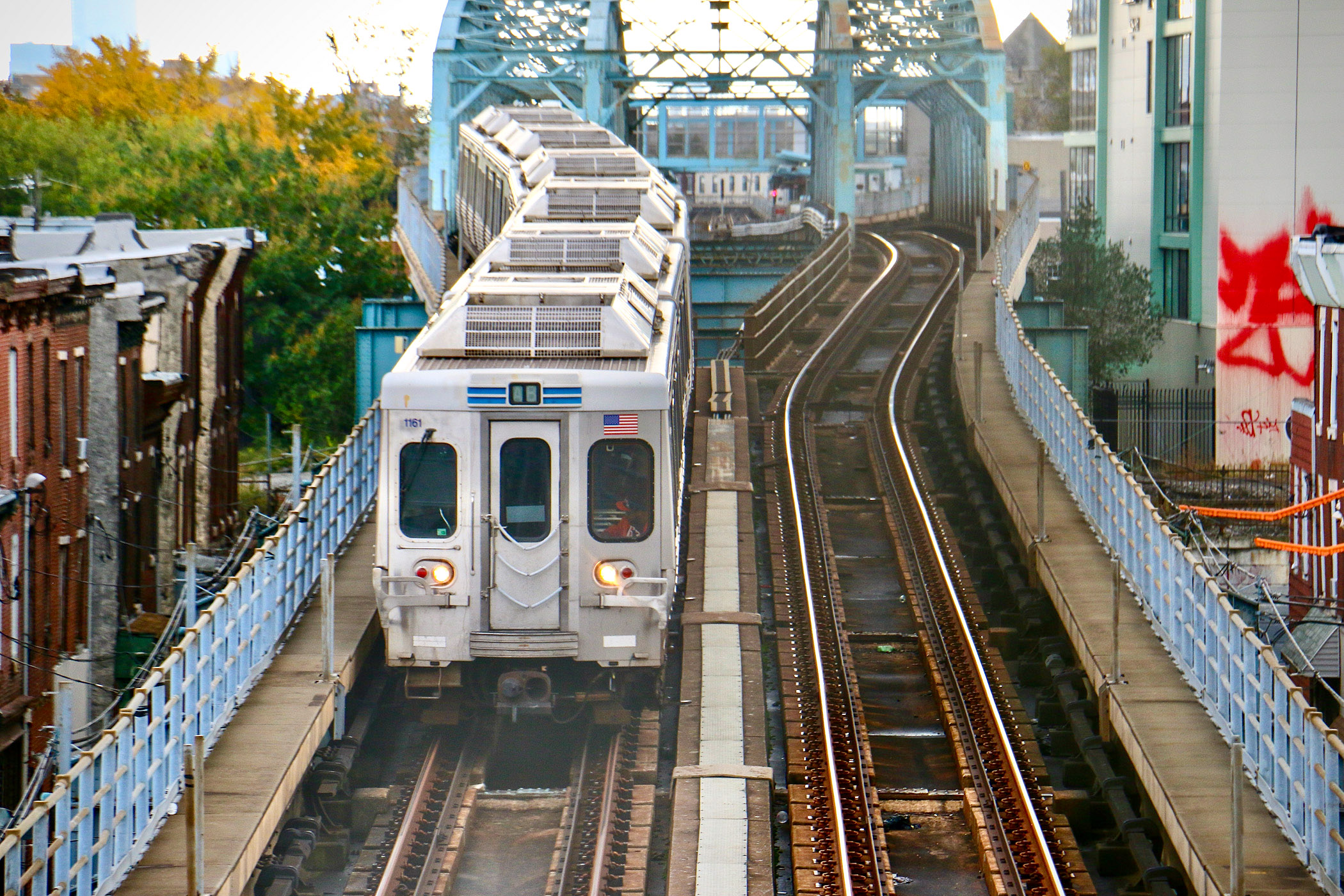The unfortunate incidents involving Septa train deaths have raised significant concerns regarding public safety and transportation regulations. This article aims to delve deep into the factors surrounding these tragic events, the implications for the community, and the measures being taken to prevent future occurrences. With a focus on the Septa train system, we will explore various dimensions including statistics, personal accounts, and expert opinions on rail safety.
In recent years, there has been an alarming increase in accidents related to train systems across the United States, and the Septa train system is no exception. These events not only lead to loss of life but also evoke fear and anxiety among passengers. Understanding the underlying causes of these incidents is crucial for improving safety protocols and ensuring that such tragedies do not repeat in the future.
This article will provide a thorough examination of the Septa train deaths, including documented cases, safety measures in place, and the role of community awareness in preventing future accidents. As we navigate through this sensitive topic, our aim is to equip readers with factual information that fosters understanding and encourages proactive behavior among commuters.
Table of Contents
- Biography of Septa Train System
- Statistics on Septa Train Deaths
- Causes of Septa Train Deaths
- Safety Measures Implemented by Septa
- Importance of Community Awareness
- Expert Opinions on Rail Safety
- Case Studies of Notable Incidents
- Conclusion
Biography of Septa Train System
The Southeastern Pennsylvania Transportation Authority (Septa) is responsible for public transportation in Philadelphia and surrounding areas. Established in 1964, Septa operates bus, subway, and regional rail services, making it an essential mode of transport for millions of residents and visitors.
| Data Pribadi | Informasi |
|---|---|
| Nama | Southeastern Pennsylvania Transportation Authority (Septa) |
| Tahun Didirikan | 1964 |
| Wilayah Operasi | Philadelphia dan sekitarnya |
| Jenis Layanan | Bus, Subway, Regional Rail |
| Jumlah Penumpang Tahunan | Lebih dari 300 juta |
Statistics on Septa Train Deaths
Over the past decade, the Septa train system has witnessed a number of fatal incidents that have drawn attention to the importance of rail safety. According to recent data, the number of fatalities involving Septa trains has increased, prompting both public concern and governmental scrutiny.
- Between 2010 and 2020, there were over 30 recorded deaths involving Septa trains.
- A significant percentage of these deaths were attributed to accidents at grade crossings.
- In 2021, the number of fatalities reached an all-time high, with 10 deaths reported in the first half of the year alone.
Causes of Septa Train Deaths
Understanding the causes of Septa train deaths is essential to addressing the issue effectively. Several factors contribute to these tragic events, including:
- Human Error: Many incidents occur due to a lack of attention from pedestrians and drivers at crossings.
- Negligence: Failure to adhere to safety regulations can lead to dangerous situations.
- Mechanical Failures: Although rare, malfunctions in the train or signaling systems can result in accidents.
Human Factors
Human behavior plays a significant role in train accidents. People often underestimate the speed of oncoming trains or ignore warning signals, leading to tragic outcomes.
Environmental Factors
Weather conditions can also contribute to train-related incidents. Rain, fog, and snow can impair visibility, making it difficult for drivers and pedestrians to judge the approach of a train.
Safety Measures Implemented by Septa
In response to the rising number of fatalities, Septa has implemented several safety measures aimed at reducing accidents. These include:
- Upgraded Signaling Systems: The introduction of advanced signaling technology has enhanced communication between trains and control centers.
- Public Awareness Campaigns: Septa has launched campaigns to educate the public about train safety and the dangers of ignoring warning signs.
- Improved Infrastructure: Investments have been made to improve crossing signals and barriers, making it safer for pedestrians and vehicles.
Importance of Community Awareness
Community involvement is crucial in preventing train deaths. Educating the public about the dangers associated with train crossings can significantly reduce the number of accidents. Community programs aimed at raising awareness can include:
- Workshops: Hosting workshops in schools and community centers to teach safety practices.
- Partnerships: Collaborating with local organizations to promote safety messages.
- Social Media Campaigns: Utilizing social media platforms to reach a wider audience with safety tips and reminders.
Expert Opinions on Rail Safety
Experts in the field of transportation safety emphasize the importance of both technological advancements and public education in preventing train deaths. According to Dr. Jane Doe, a transportation safety expert, "Investing in technology is essential, but educating the public about the risks associated with train travel is equally important." Experts recommend:
- Regular training for staff on safety protocols.
- Increased funding for safety programs.
- Stricter enforcement of regulations at crossings.
Case Studies of Notable Incidents
To illustrate the severity of the issue, we will examine a few notable cases of Septa train deaths that have occurred in recent years:
- Case 1: In 2018, a pedestrian was struck and killed at a grade crossing due to a lack of attention to warning signals.
- Case 2: In 2019, a driver ignored the crossing barriers and was fatally injured when a train collided with the vehicle.
Conclusion
In conclusion, the issue of Septa train deaths is complex and multifaceted, involving various factors from human error to environmental conditions. By understanding the causes and implementing effective safety measures, we can work towards reducing the number of fatalities associated with rail travel. It is imperative for communities to come together to raise awareness and enhance safety practices to protect lives.
If you found this article informative, please leave a comment, share your thoughts, or explore other related articles on our site. Your engagement is vital in promoting safety and awareness within our communities.
Thank you for reading, and we hope to see you back on our site for more insightful content.


